India experiences diverse climatic conditions, and the monsoon season plays a significant role in shaping the country’s weather patterns. The arrival of the monsoon brings relief from the scorching summer heat and rejuvenates the landscape with abundant rainfall. In this article, we will explore the Top 10 Rainiest Regions in India, known for their copious rainfall.
List of Top 10 Rainiest Regions in India
Mawsynram, Meghalaya
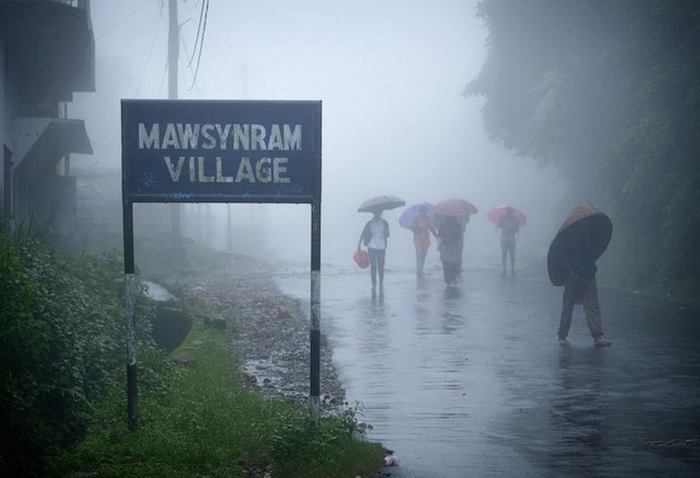
Located in the state of Meghalaya, Mawsynram holds the record for being the wettest place on Earth. It receives an average annual rainfall of around 11,871 millimeters (467.4 inches). The region’s proximity to the Bay of Bengal and the presence of the Khasi Hills contribute to its exceptionally high rainfall.
Cherrapunji, Meghalaya

Located just a short distance from Mawsynram, Cherrapunji, also known as Sohra, has gained fame for its substantial rainfall. It was formerly acknowledged as the wettest place on Earth until surpassed by Mawsynram. Cherrapunji receives an average annual rainfall of approximately 11,777 millimeters (463.7 inches).
Read More: Top Places To Visit In India With A View Above The Clouds
Agumbe, Karnataka

Situated in the Shimoga district of Karnataka, Agumbe is known as the “Cherrapunji of the South.” It experiences abundant rainfall due to its location in the Western Ghats. Agumbe receives an average annual rainfall of around 7,620 millimeters (300 inches) and is known for its lush green forests and biodiversity.
Mahabaleshwar, Maharashtra
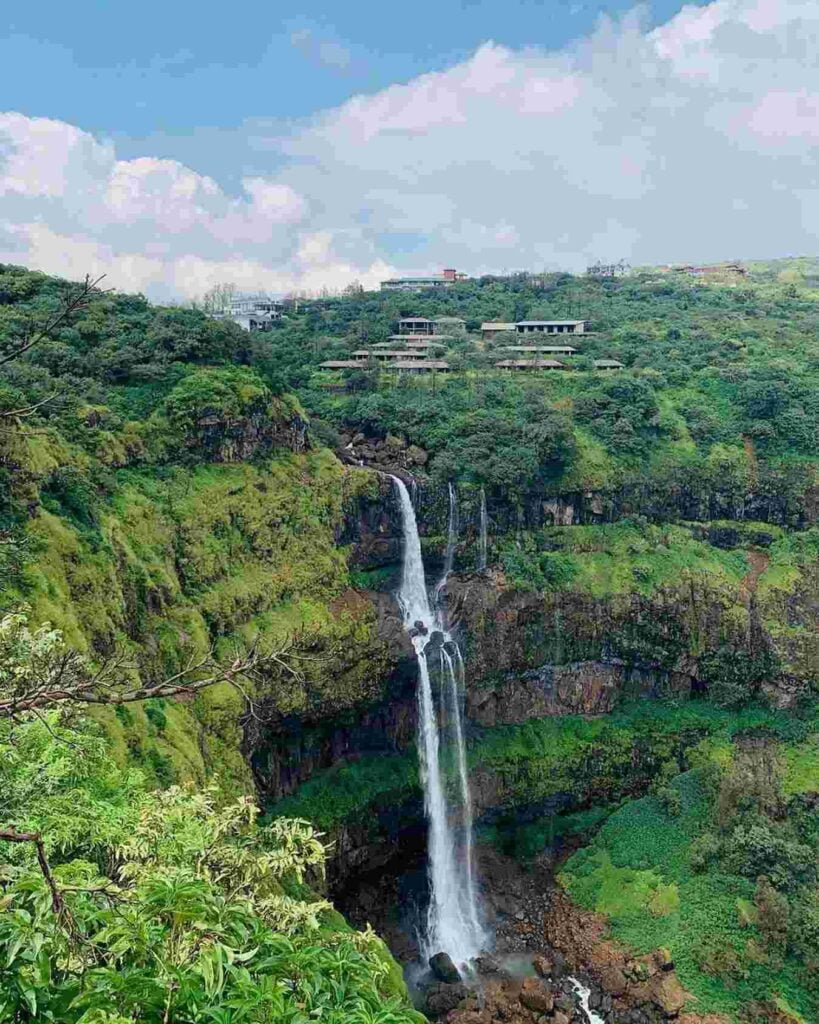
Situated within the Sahyadri mountain range in Maharashtra, Mahabaleshwar is a renowned hill station celebrated for its picturesque landscapes and copious rainfall. It receives an average annual rainfall of approximately 6,530 millimeters (257 inches). The region’s hilly terrain and dense forests contribute to the high precipitation levels.
Read More: Best Natural Places To Visit in Monsoon in India
Agartala, Tripura
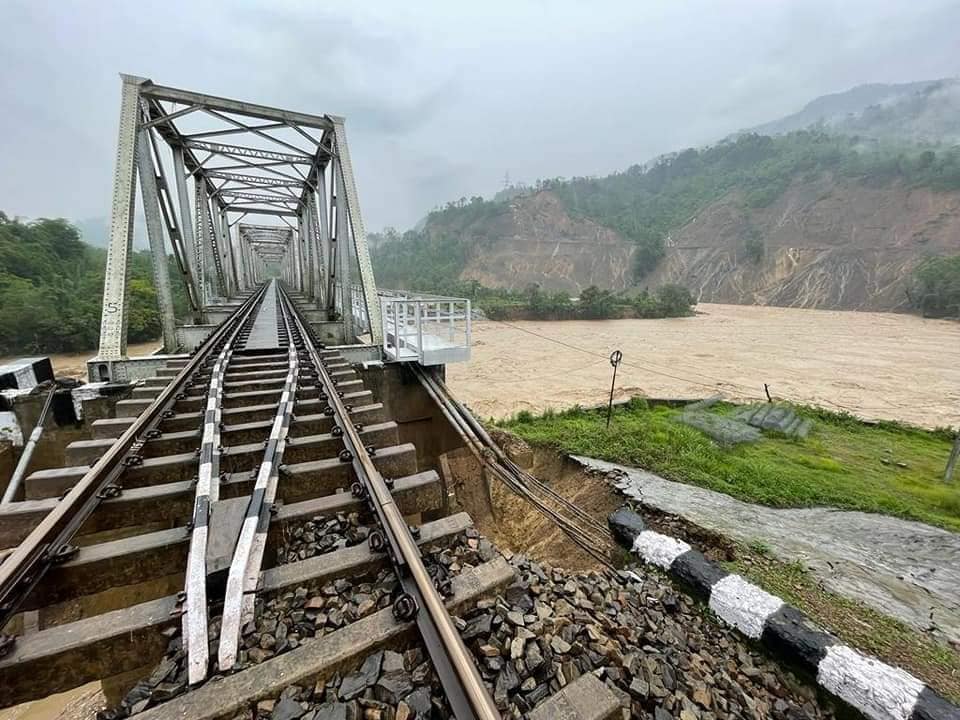
Agartala, the capital city of Tripura, experiences heavy rainfall during the monsoon season. Situated in the northeastern part of India, the city receives an average annual rainfall of around 2,782 millimeters (109.5 inches). The proximity to the Bay of Bengal and the surrounding hilly terrain contribute to the region’s high precipitation.
Itanagar, Arunachal Pradesh

As the capital city of Arunachal Pradesh, Itanagar witnesses abundant rainfall due to its location in the eastern Himalayan foothills. The city receives an average annual rainfall of approximately 2,745 millimeters (108 inches). The monsoon rains contribute to the region’s lush greenery and vibrant biodiversity.
Silchar, Assam

Located in the Cachar district of Assam, Silchar experiences heavy rainfall during the monsoon season. It receives an average annual rainfall of around 2,597 millimeters (102.2 inches). The region’s proximity to the Barak River and the hilly terrain contribute to the high precipitation levels.
Read More: Top Highest Rainfall Places in India
Dehradun, Uttarakhand
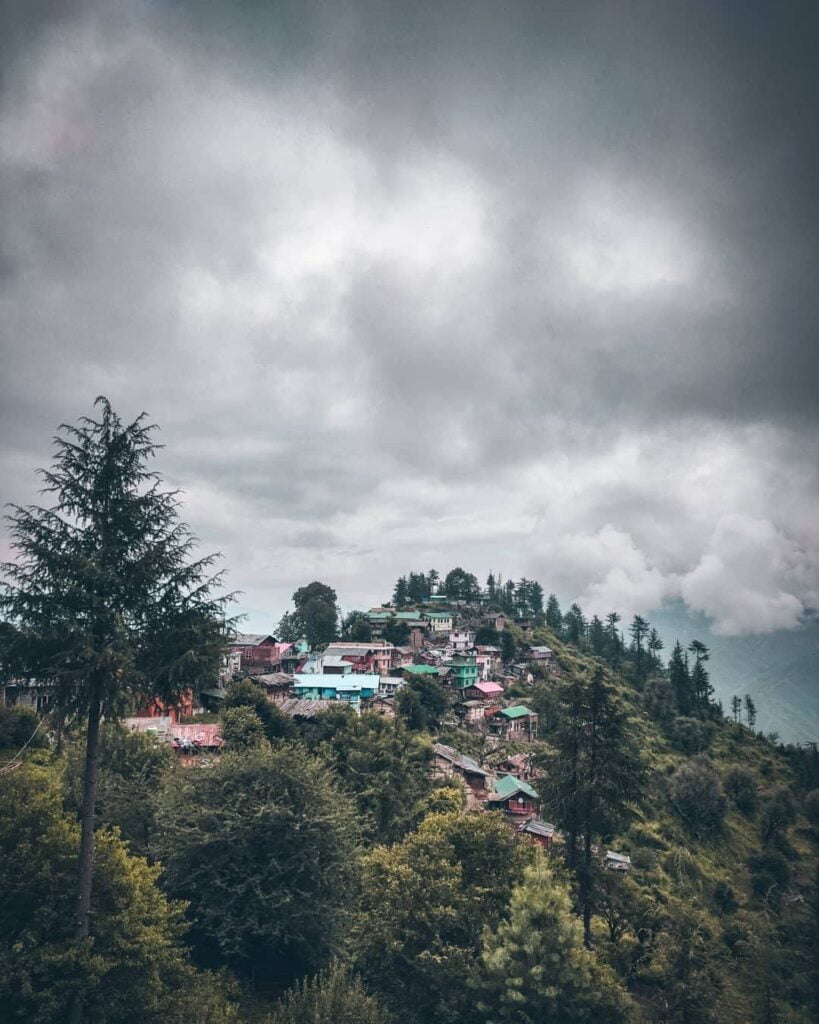
Situated in the Doon Valley of Uttarakhand, Dehradun receives ample rainfall during the monsoon season. The city receives an average annual rainfall of approximately 2,316 millimeters (91.2 inches). The Shivalik Hills enveloping Dehradun contribute to its delightful climate and verdant scenery, owing much to the ample rainfall the region receives.
Imphal, Manipur
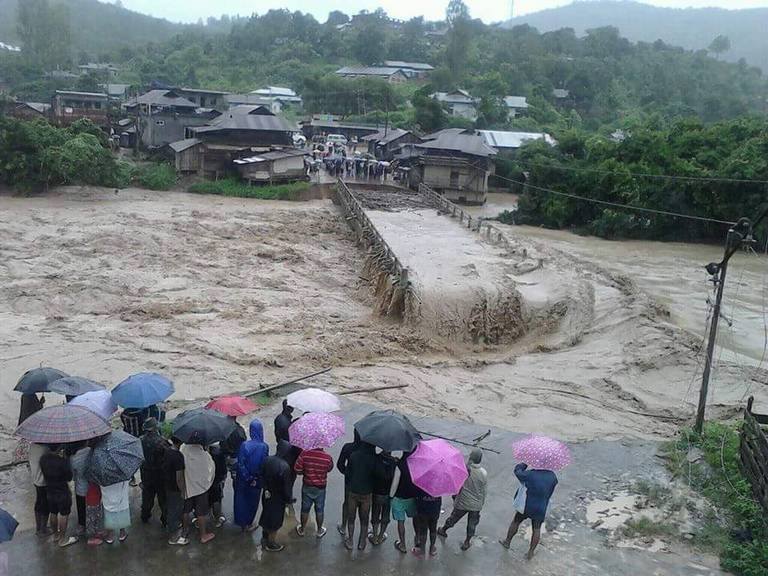
Imphal, the capital city of Manipur, experiences a significant amount of rainfall during the monsoon season. Situated in northeastern India, it receives an average annual rainfall of around 2,236 millimeters (88 inches). The region’s hilly topography and its location in the Manipur Valley contribute to its high precipitation.
Read More: Most Beautiful Lakes Of The Himalayan Mountain Range
Gangtok, Sikkim

Nestled in the Eastern Himalayas, Gangtok, the capital city of Sikkim, receives substantial rainfall during the monsoon season. It experiences an average annual rainfall of approximately 2,134 millimeters (84 inches). The city’s location in the mountains and its proximity to the Bay of Bengal contribute to its abundant precipitation.
